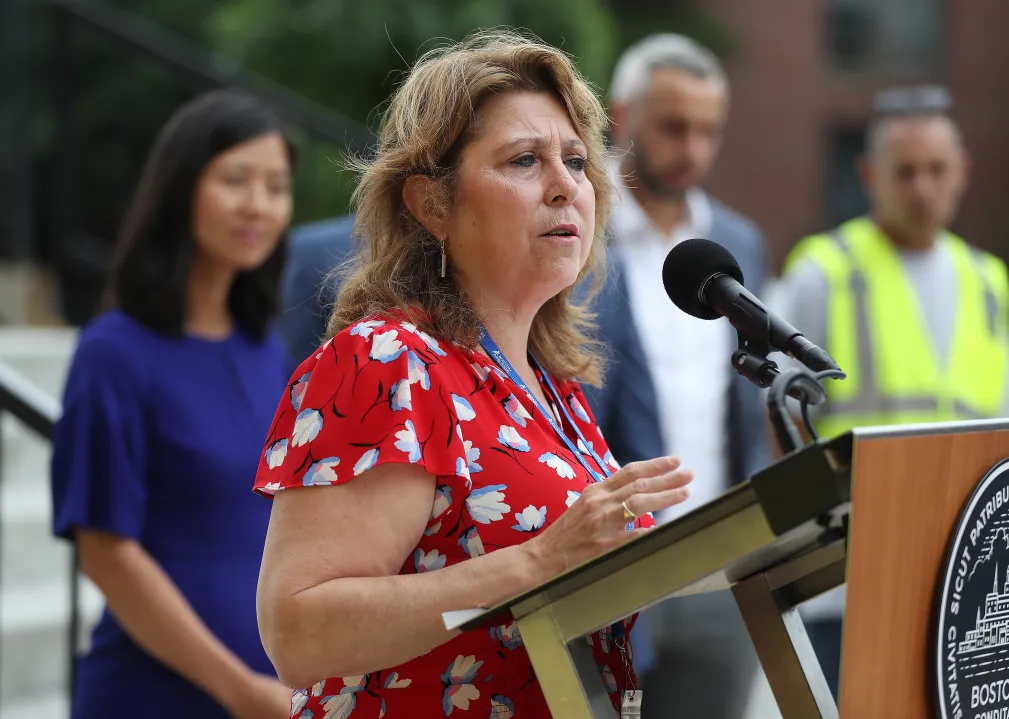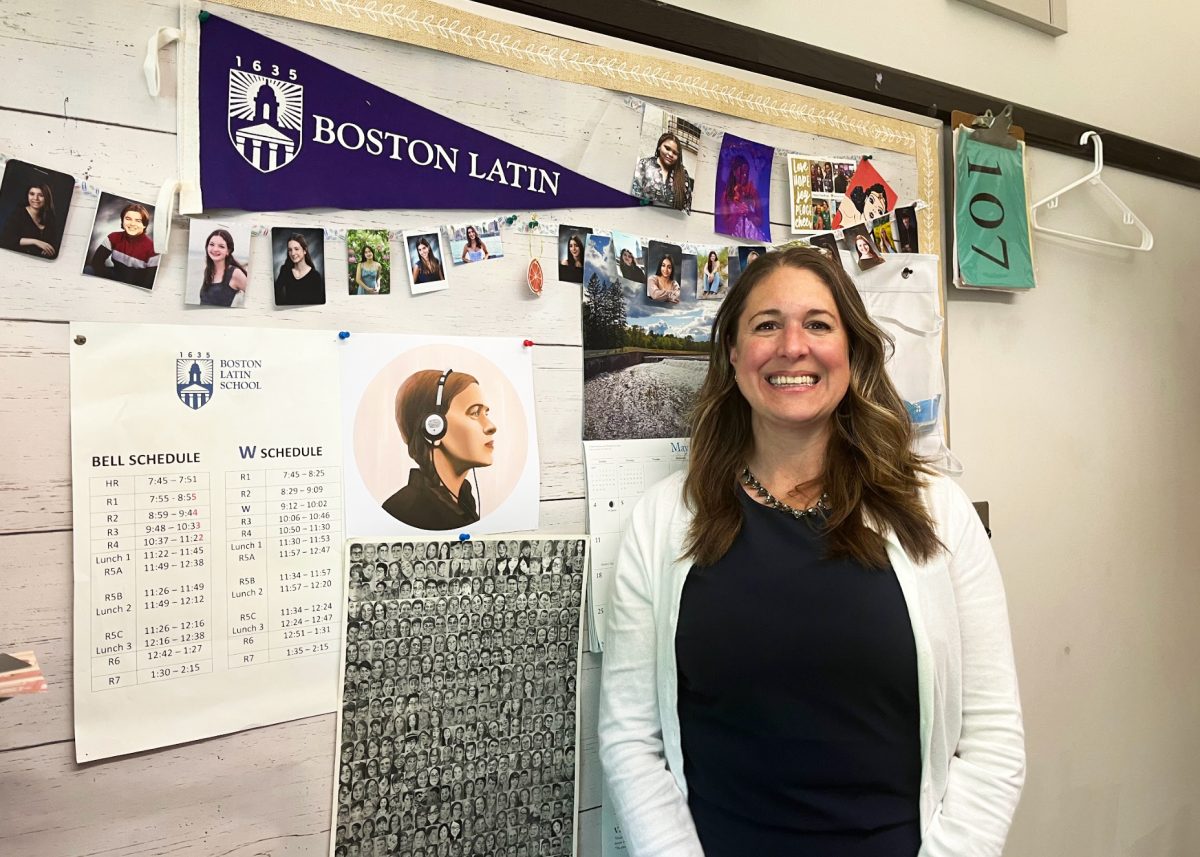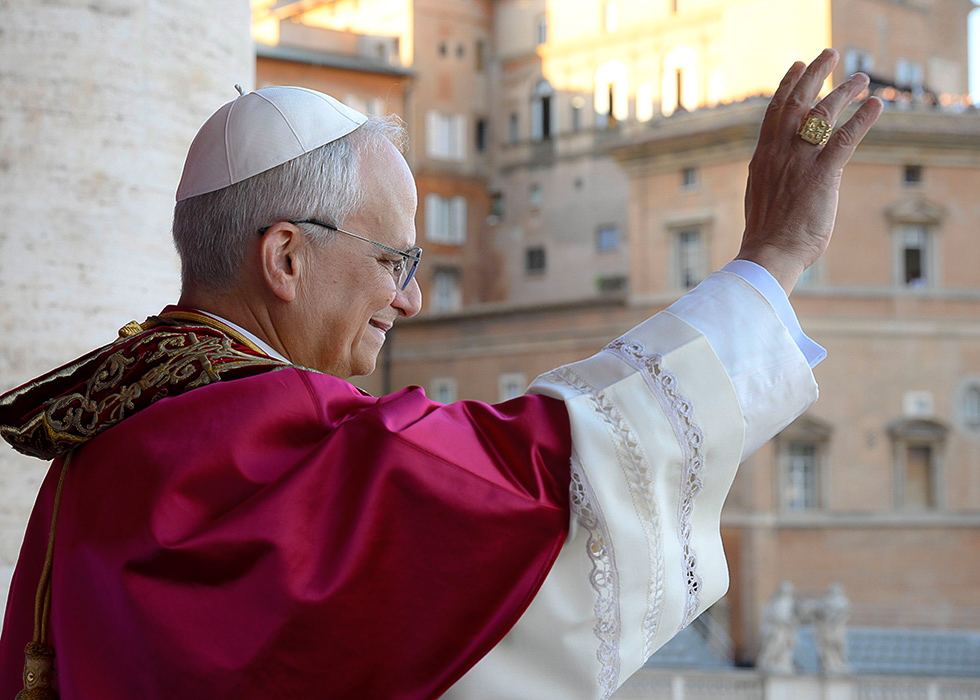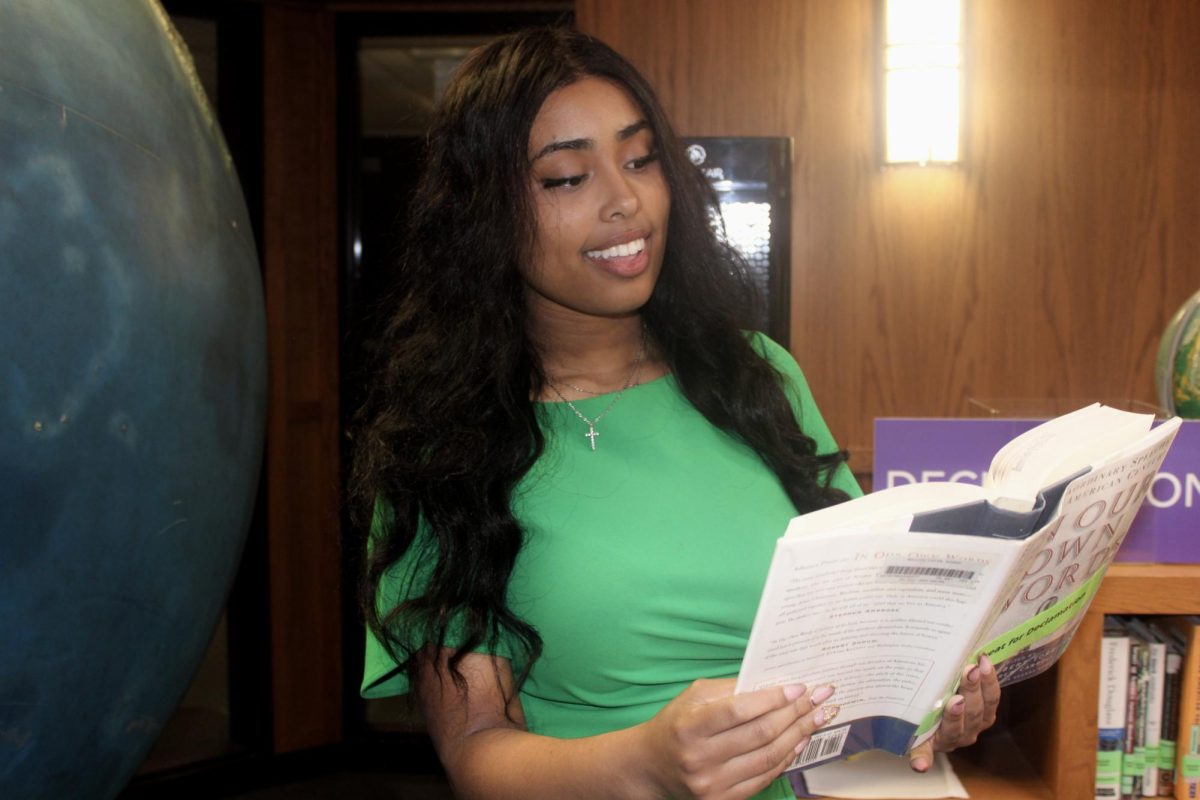On May 22, the Boston Public School Committee voted to once again opt out of the 1994 School Choice Program that would allow non-resident students into Boston Public Schools.
The School Choice Program is a state-wide initiative that emerged after Massachusetts enacted the Education Reform Act of 1993. This reform was a dramatic change in Massachusetts in respect to how the Commonwealth managed educational services by local school districts and sought to close the gap within education across communities.
BPS has chosen to opt out of this program for the past 30 years due to the possibility of hindering their ability to prioritize students living in Boston.
In an interview with the Boston Herald, Superintendent Mary Skipper notes, “On the plane they say put on your oxygen mask and do what you have to do. We put on the oxygen mask saying it would compromise our students who live in BPS, especially our Black and brown students, but we’re just not at the point where we can do that.”
Their reasoning is categorized into four main groups: student assignment issues, space, cost and the decisions of neighboring communities. Firstly, a large number of students enroll into BPS schools each year, and families outside of the United States continue to relocate to Boston throughout the year. As a result, BPS could not guarantee that all families moving to Boston would have a seat, as schools may not have the physical capacity to host a new influx of students.
The next issue is costs and budgets, which include special education classes, English as a Second Language programs and transportation. Since many neighboring districts lack such resources, a predictably large portion of students will seek them, resulting in unbudgeted costs and less accessibility.
In the past, districts neighboring Boston, such as Cambridge, Brookline, Chelsea, Dedham, Needham, Milton, Somerville and Revere, have chosen to opt out of this program. By opting in, BPS could be opening seats within their schools without any reciprocity.
Boston Latin School AP Economics teacher and Boston Teachers Union (BTU) representative Mr. Patrick Boor mentions that while he does not support opting into the program, “the number one issue is that [parents] should have a school in their community that is meeting their needs, and the fact that they have to search out of their district is something that we need to work on as a state.”
Conversations, however, have shifted within the School Committee due to falling enrollment rates within BPS, which causedww a decrease in state funding. Opting into the School Choice Program may therefore stabilize enrollment and help with the budget.
Newton has been a big player in this resurgence of the School Choice debate and had even proposed to run a pilot program allowing 70 students outside of the district to attend Newton Public Schools. It was, however, voted down and never went into action.
BLS Assistant to the Head of School and BTU representative Ms. Martha Pierce asserts, “I think it was great to revisit it this year, because I don’t think that anybody has taken a careful look and we don’t know exactly what it would be like because we’ve never done it.”
An example of an active desegregation program is the Metropolitan Council for Educational Opportunity, where students from underprivileged families enter a lottery system to have the chance to attend a school in a different city.
Cynthia Wang (III) was one such student who was able to attend a public school in Newton through the program. Wang shares, “The people were great and the community was great, but the biggest thing was mostly the distance. The commute was a bit harder and none of my friends were nearby, and so if I wanted to hang out with anyone, it would be like a half an hour drive.”
Although the School Choice Program was decidedly voted down by the Boston School Committee, an important conversation regarding equity within education continues on.







